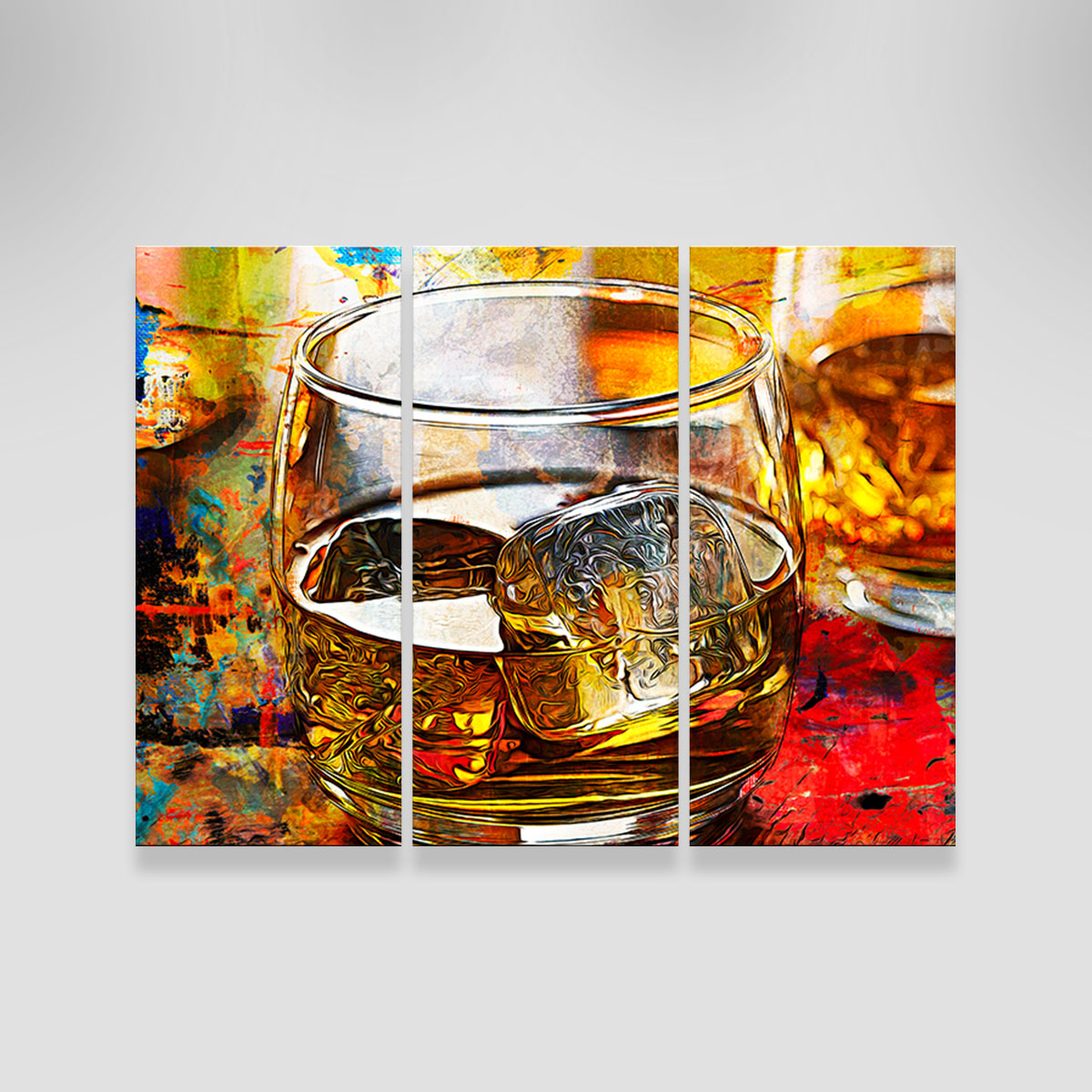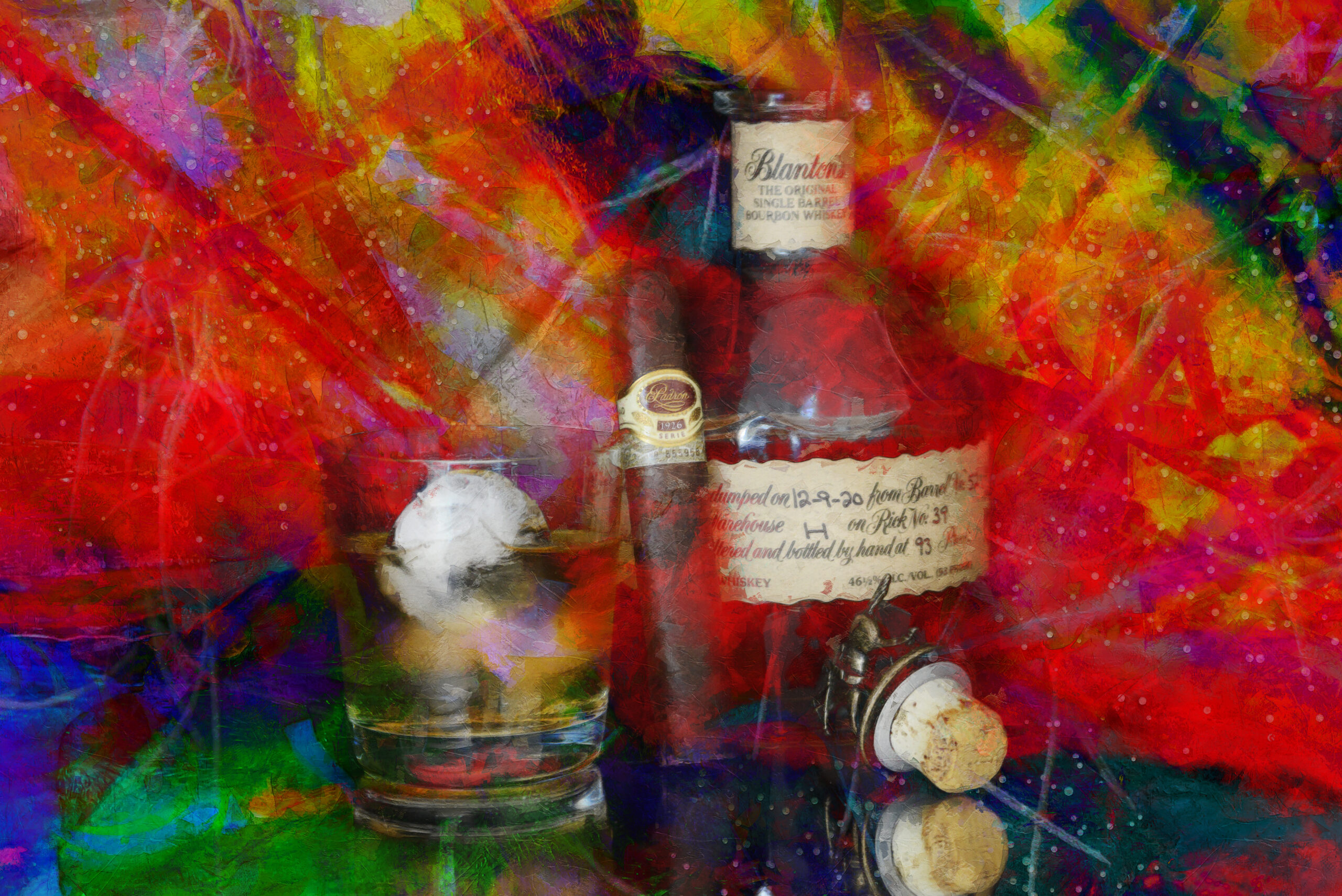Change Your Area with Spectacular Whiskey Art Inspired by Nature
Change Your Area with Spectacular Whiskey Art Inspired by Nature
Blog Article
The Significance of Whiskey Art in Celebrating Heritage and Workmanship in the Beverage Sector
The complex partnership between whiskey art and the celebration of heritage and craftsmanship within the beverage sector can not be overstated. With thoughtfully made containers and labels, bourbon brands envelop their historic roots and the artisanal skills that specify their manufacturing methods. This artistic measurement not just enhances market allure but also works as an avenue for cultural storytelling, cultivating a deeper link between the customer and the craft. As we explore the different facets of this subject, appealing questions about the impact of modern-day trends on traditional techniques occur, triggering more evaluation.
The Historical Roots of Whiskey
At the heart of bourbon's allure exists an abundant tapestry of historical roots that trace back to old people. The origins of scotch can be connected to the distillation practices of the Sumerians and Babylonians around 2000 BCE, where early forms of fermented grain drinks began to arise. It was in the Center Ages that the art of distillation advanced substantially, specifically in Ireland and Scotland, leading to the production of bourbon as we understand it today.
The term "whiskey" itself stems from the Gaelic word "uisce beatha," indicating "water of life." This phrase underscores the social value of bourbon in Celtic societies, where it was typically related to rituals, events, and public bonding. By the 15th century, purification ended up being an identified craft within monastic neighborhoods, leading the way for the facility of lawful distilleries.
As profession courses broadened, scotch's appeal grew, transcending local borders and catching the rate of interest of aficionados worldwide. Whiskey Art. This historical trip reflects not only the workmanship behind whiskey manufacturing yet likewise its essential function in social and social contexts, noting it as a significant drink throughout background
Artistic Expression in Branding
Bourbon branding stands as a compelling junction of artistry and business, where aesthetic identity plays an important duty in shaping consumer understanding. The aesthetic appeals of bourbon tags, product packaging, and advertising and marketing products mirror not only the brand's tale yet likewise its core worths and heritage. Via imaginative expression, distilleries convey a narrative that resonates with customers, evoking feelings and triggering connections.
The use of shade, typography, and imagery in branding offers to distinguish products in a saturated market. Standard concepts might evoke a sense of credibility and craftsmanship, while contemporary layouts can signify development and forward-thinking. This tactical imaginative instructions enhances brand name recognition and loyalty, allowing customers to build an individual connection with the whiskey they select.
Additionally, creative expression in branding often offers as an event of regional heritage. Distilleries frequently integrate local icons or historic references right into their designs, producing a feeling of place that invites consumers to take part in a wider social experience. Eventually, the creativity behind scotch branding not just boosts aesthetic appeal yet also improves the general story of the brand, cultivating a much deeper admiration for the workmanship and heritage embedded in each bottle.
Workmanship in Container Style
The virtuosity apparent in scotch branding prolongs past visual identity to encompass the workmanship associated with bottle style. Each container functions as a vessel not just for the spirit within, however additionally for the story it tells about its Visit Your URL beginning, high quality, and practice. The style procedure calls for meticulous interest to detail, as components such as shape, closure, and product contribute considerably to the general perception of the bourbon.
Craftsmanship in bottle design includes choosing premium glass that can enhance the whiskey's shade and quality, while also offering a tactile experience for the customer. The shape of the container should be both cosmetically attractive and functional, often reflecting the heritage of the brand name. Many distilleries go with special shapes or printed logo designs that stimulate a feeling of authenticity and history.
Additionally, the label design and typography play a vital role in connecting the brand name's narrative. Realism Art. A well-crafted additional reading bottle not only mesmerizes the consumer's eye yet likewise reinforces the brand's commitment to high quality and practice. By doing this, the craftsmanship of container style becomes an essential aspect of the whiskey experience, merging virtuosity with an extensive regard for heritage
Cultural Value of Whiskey Art
Commemorating custom and craftsmanship, the social significance of whiskey art transcends simple looks, intertwining with the social and historic narratives of the areas from which it originates. Each container functions as a canvas, illustrating the distinct stories, mythology, and customs that have actually shaped regional whiskey-making practices. The complex styles usually reflect the heritage of the distillers, including symbols and themes that resonate with the society and values of their neighborhoods.

In addition, bourbon art plays an essential role in public gatherings and celebrations, working as a tangible link between individuals and their shared experiences. By appreciating the virtuosity in whiskey packaging, consumers grow a deeper understanding and respect for the craft, ultimately enhancing their pleasure of the beverage itself.
Modern Trends in Bourbon Presentation
In recent years, the presentation of scotch has advanced to show modern tastes and trends while still recognizing typical craftsmanship - Limited Edition. Distilleries are progressively focusing on aesthetic components that improve the general alcohol consumption experience, bridging the gap Our site between heritage and modernity
Ingenious bottle styles have emerged, frequently incorporating lasting materials and imaginative tags that inform compelling tales. Many brand names now team up with local musicians, infusing their products with distinct aesthetic expressions that reverberate with consumers. Furthermore, limited-edition releases are usually packaged in collectible containers, including worth and charm for aficionados.

Final Thought
In final thought, bourbon art offers as an essential conduit for sharing the heritage and craftsmanship fundamental in the drink sector. With detailed branding, innovative bottle layouts, and culturally substantial creative components, scotch brands effectively honor their customs and connect with customers.


Workmanship in bottle design entails choosing top quality glass that can improve the bourbon's color and clarity, while likewise supplying a responsive experience for the customer. In this method, the craftsmanship of container style ends up being an essential element of the whiskey experience, merging creativity with a profound regard for heritage.
In verdict, bourbon art serves as an important avenue for expressing the heritage and craftsmanship inherent in the drink market.
Report this page